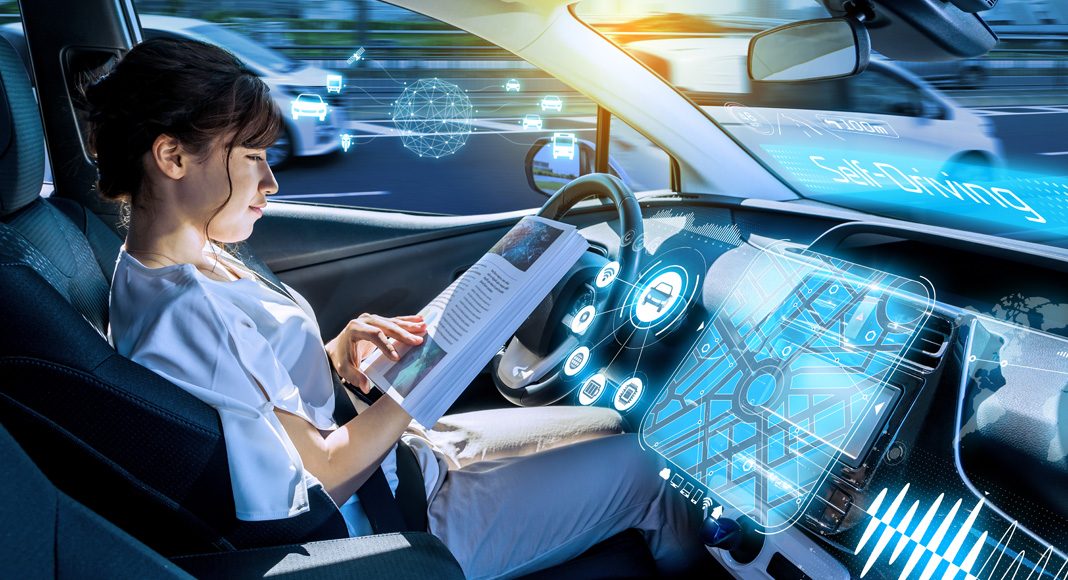Drivers are most comfortable with autonomous features that make smooth, gradual movements and are wary of using such technology in the most challenging driving conditions, according to research carried out by the Insurance Institute for Highway Safety (IIHS).
Researchers from the IIHS studied their co-workers to understand how drivers react to adaptive cruise control and active lane keeping. Results showed that the volunteers preferred adaptive cruise control systems that they felt made smooth, gradual changes and consistently detected moving vehicles ahead. They also preferred active lane keeping that they thought made infrequent steering corrections.
âEven with automation, drivers want to feel like theyâre in control of the vehicle,â said David Kidd, an IIHS senior research scientist and lead author of the study. âThey want these features to fit into their driving style instead of imposing a different driving style on them.â
The drivers said they would be more comfortable using the features in light traffic and on interstates than in stop-and-go traffic and on local roads â conditions under which the IIHS says collisions are more likely.
For the study, 51 IIHS and Highway Loss Data Institute employees drove one of five vehicles â a 2017 Audi A4, a 2017 Audi Q7, a 2016 Honda Civic, a 2016 Infiniti QX60 and a 2016 Toyota Prius â equipped with adaptive cruise control, among other features. Three of the vehicles â the two Audis and the Civic â also had active lane keeping. The volunteers used the vehicles for periods ranging from one day to three weeks. They were given instruction in use of the features and were asked to drive with the technology activated all the time.



















